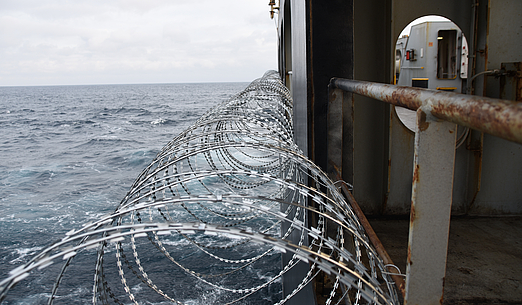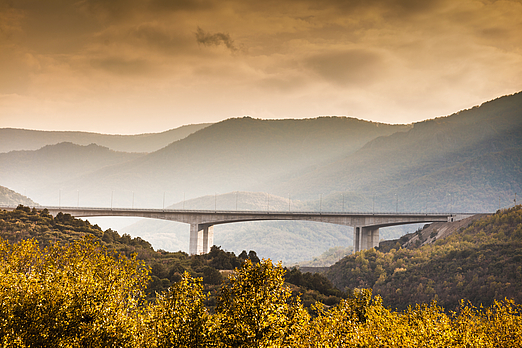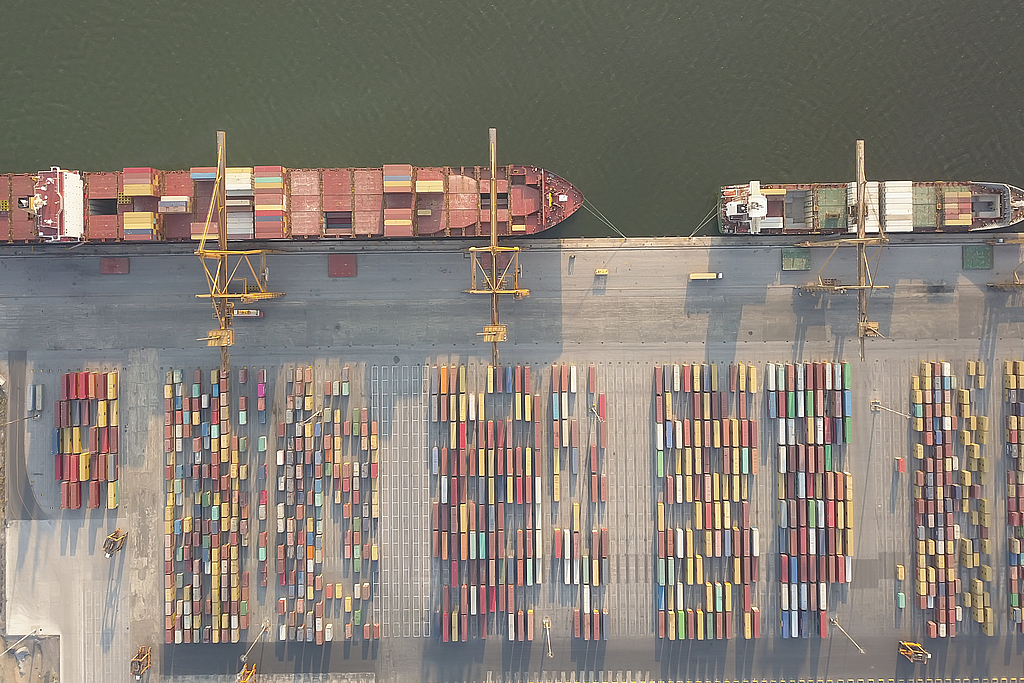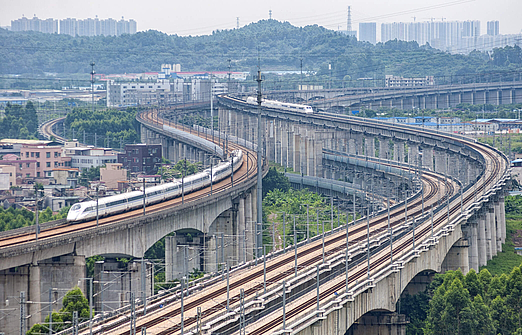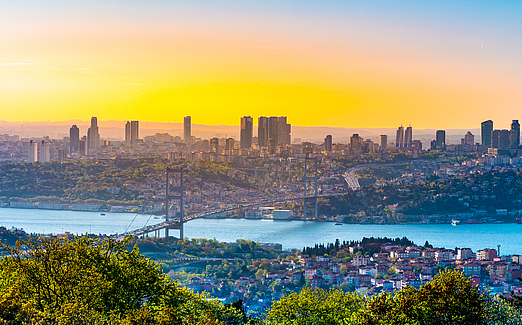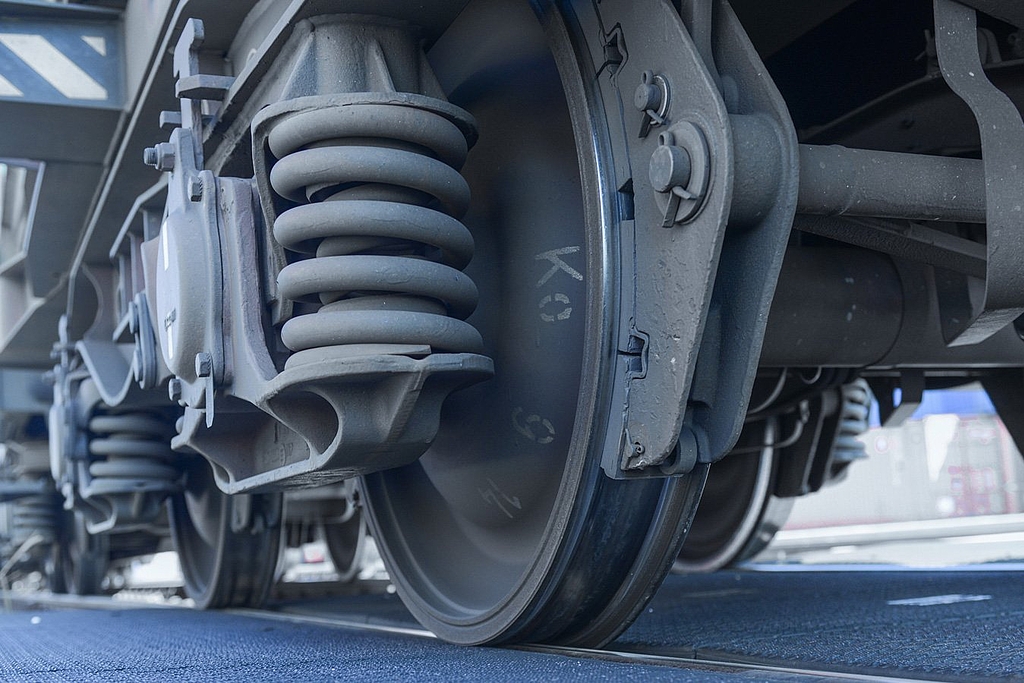A nation of seafarers from the start
- Facts
With 15,000 kilometers of coastline, 7,000 of them covered with sand, and over 3,000 islands – Greece captivates with its unique geographic location in the eastern Mediterranean. It’s not surprising that the people at Europe’s southern tip have been considered skilled seafarers and merchants since antiquity and already left significant marks in the entire Mediterranean area in early times. Join us in taking a look at this country, at prominent shipping families and the port of Piraeus – and learn why the latter is considered a Chinese beachhead in Europe.
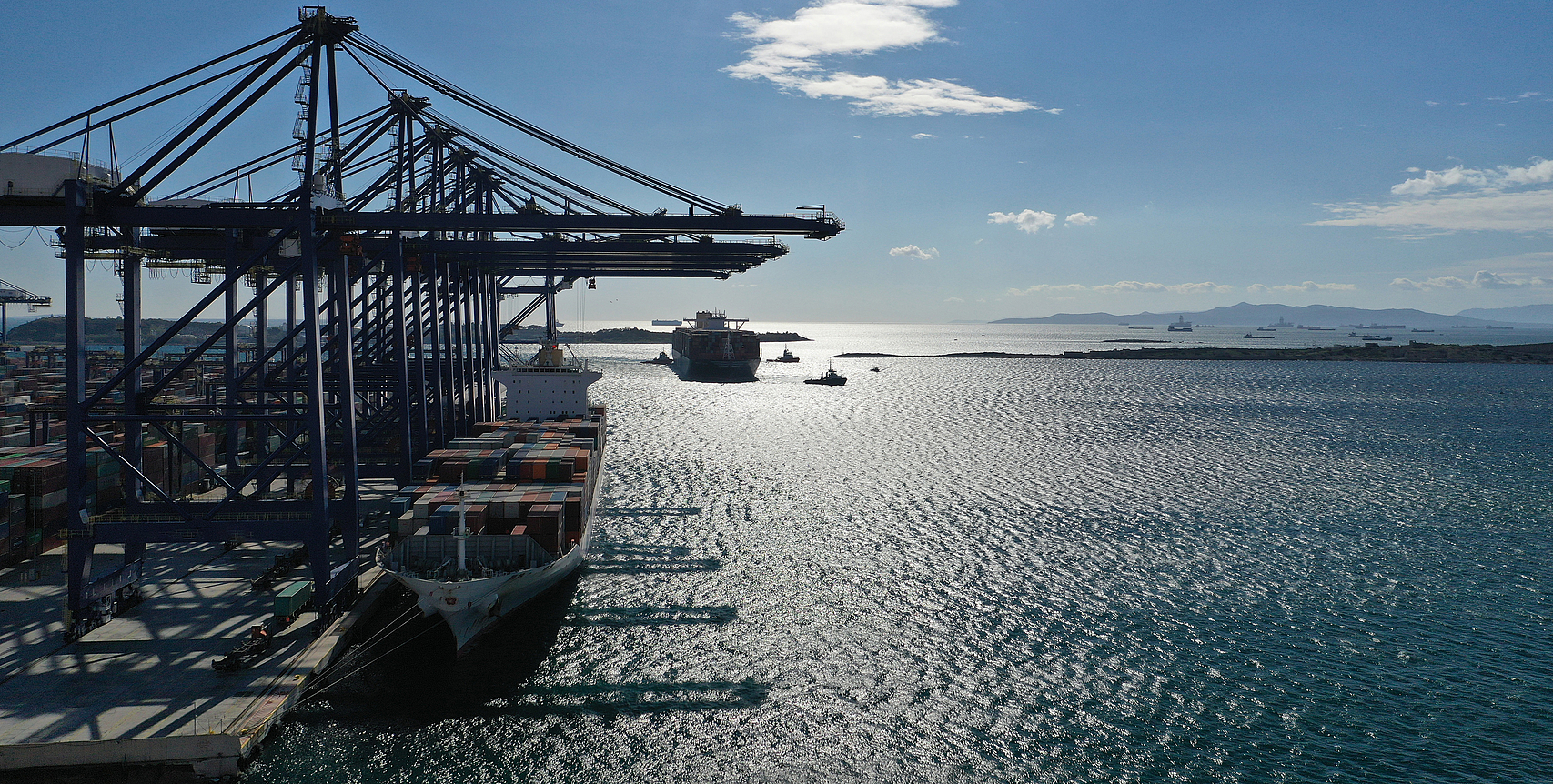
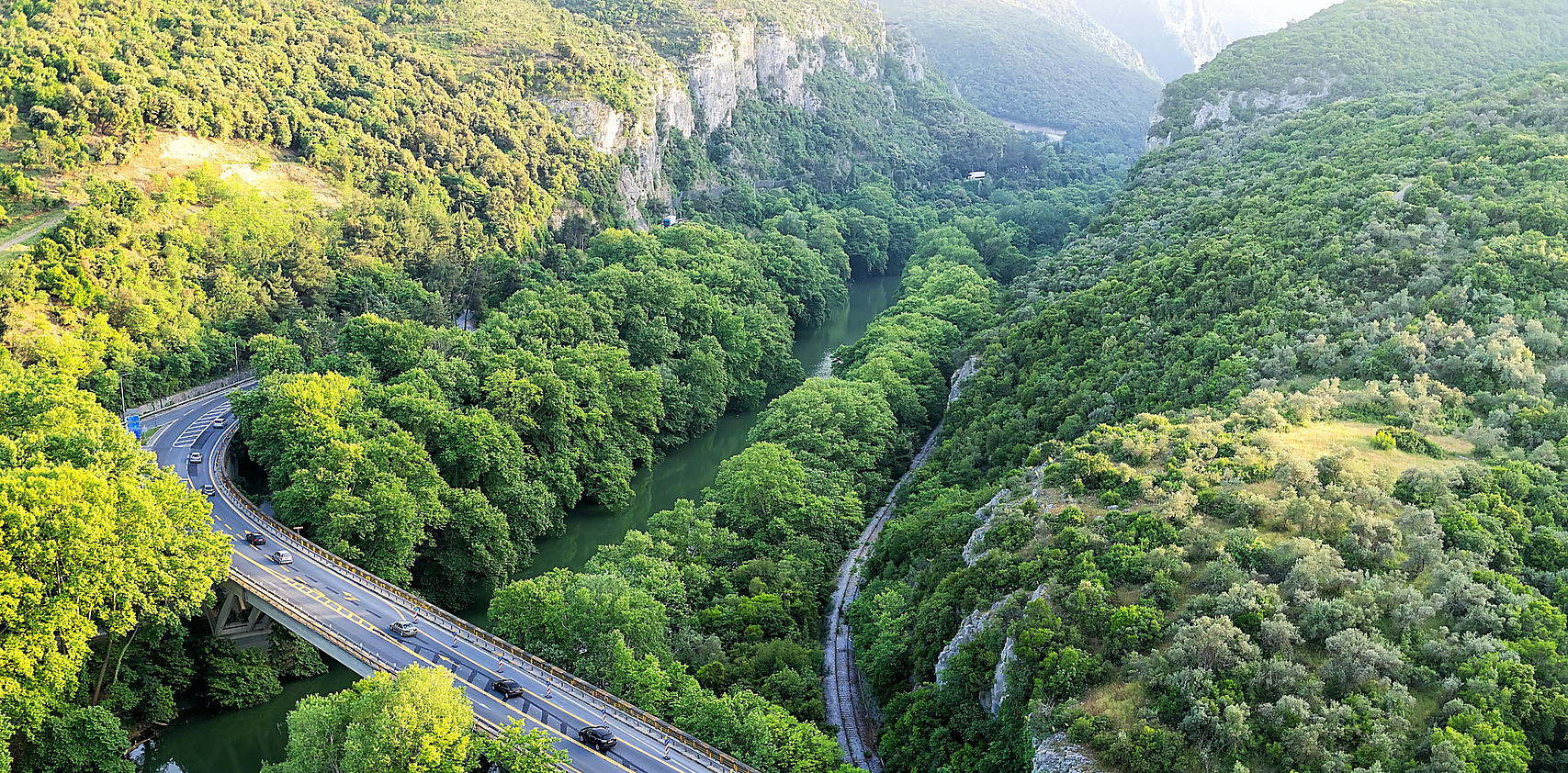
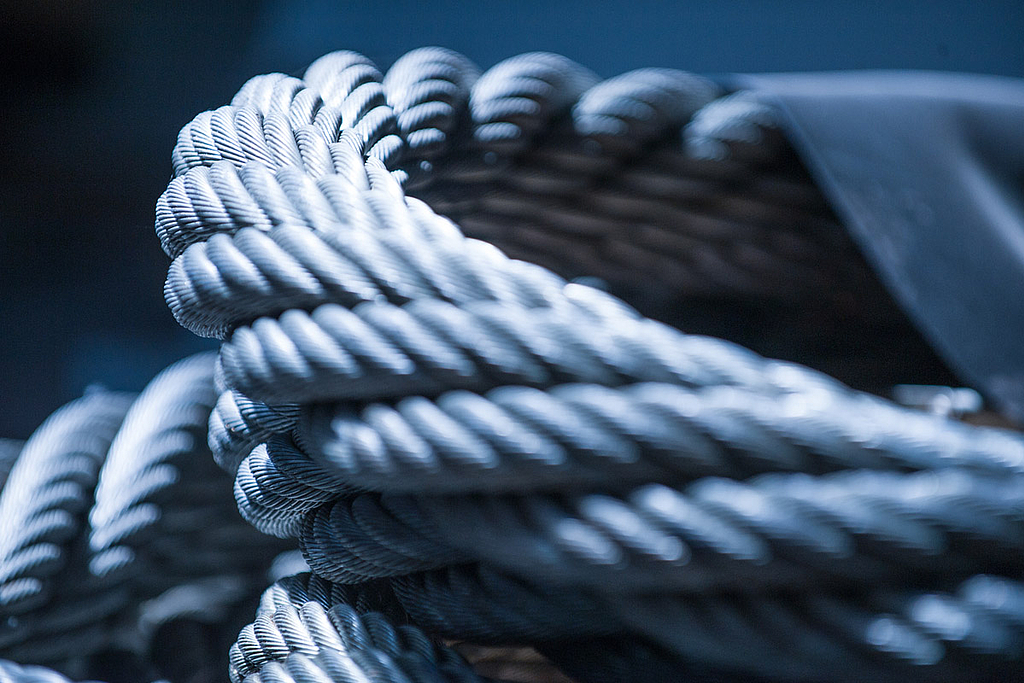
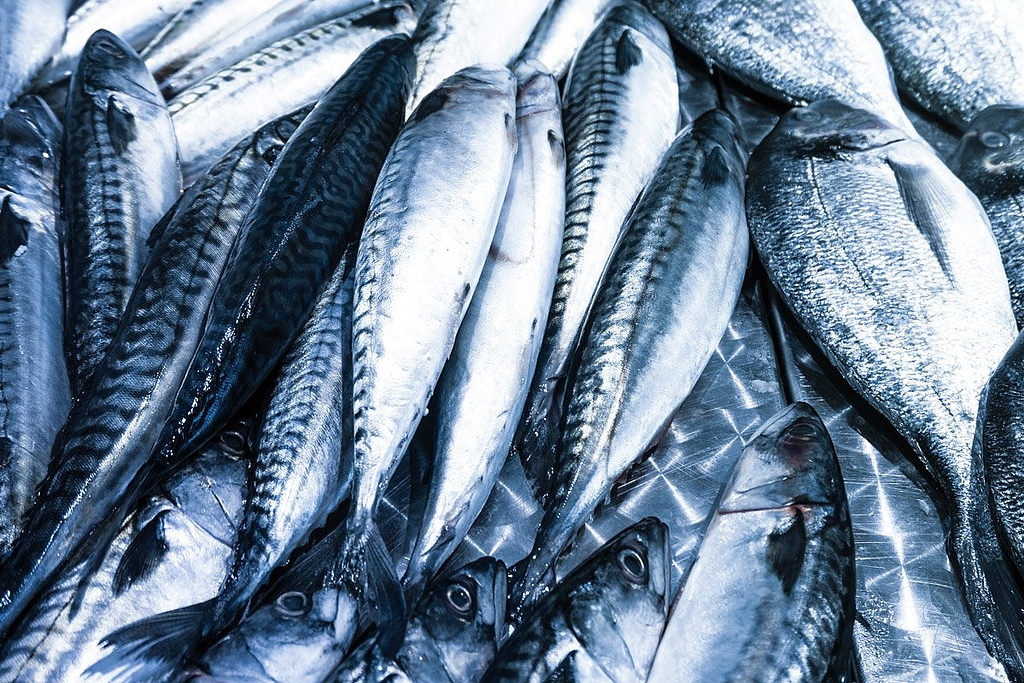
Temperature-Controlled - for temperature-sensitive goods
We offer a range of ocean freight solutions for the transport of chilled and frozen cargo from and to anywhere in the world. Our reefer sea cargo experts provide an unbroken cold chain from door to door for your temperature-sensitive goods.
Find out more
